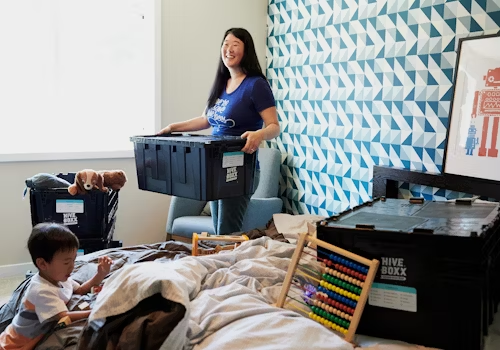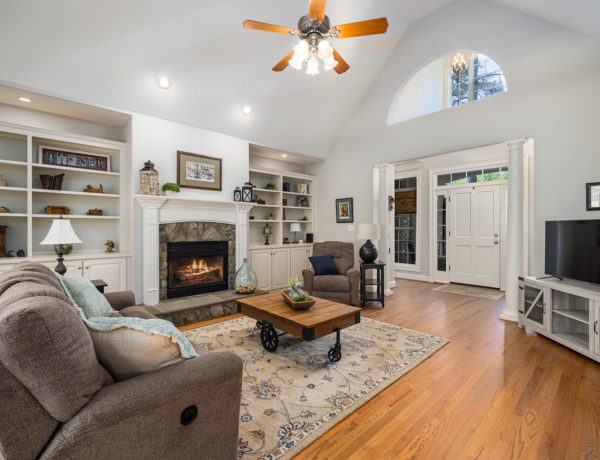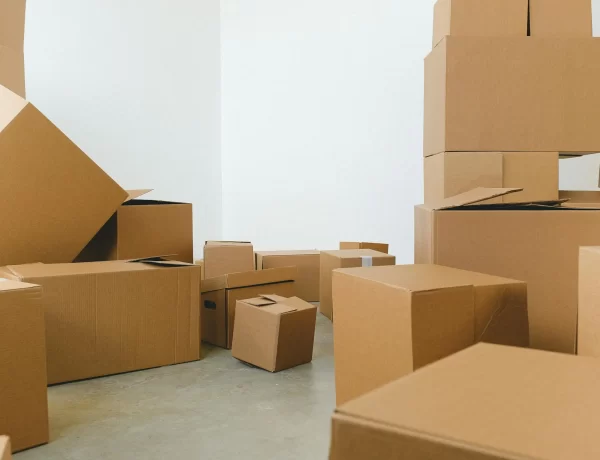Downsizing your home can be a significant life change, especially if you’ve lived in your current space for many years. Whether you’re moving to simplify your lifestyle, reduce living expenses, or embrace a more minimalist approach, transitioning to a smaller home comes with its own set of challenges.
However, with the right planning and strategies, you can make this transition smooth and stress-free. For those considering downsizing in Florida, thoughtful preparation can help turn the process into a manageable and even exciting new chapter.
Preparing for the Move: Key Steps for a Smooth Transition
The first step in downsizing is planning your move carefully. This process involves a combination of logistical considerations and emotional adjustments. Start by evaluating your current home and deciding what items you will take with you.
Downsizing means you will likely need to part with some of your belongings, so it’s essential to prioritize items that are meaningful or necessary.
Begin by sorting through your possessions room by room. Decide what you use regularly and what holds sentimental value. Items that are rarely used or no longer serve a purpose in your life can be donated, sold, or discarded. By reducing the number of things you have, you’ll simplify the moving process and make it easier to adapt to your new home.
Once you’ve organized your belongings, it’s time to consider logistics. You’ll need to arrange for a moving company that specializes in long-distance or local moves, depending on where you’re relocating. For instance, you can connect with local Florida movers who can help streamline your move, providing efficient and professional service that takes the stress off your shoulders.
Choosing the Right Space for Your New Life
One of the biggest decisions when downsizing is selecting your new home. Whether you’re moving to a smaller house, a condo, or an apartment, it’s essential to choose a space that meets your needs while embracing a simpler lifestyle. Downsizing often means making choices about how much space you really need, and this varies depending on your personal lifestyle and priorities.
Consider how you use your space now and how that might change in the future. For example, if you entertain guests often, you might want a place with a guest room or a flexible living area that can accommodate visitors.
It’s also important to consider the amenities and features of your new home. Look for a location that provides easy access to healthcare, shopping, and recreational activities. While the size of your new home is an important consideration, proximity to important services and community resources can greatly enhance your quality of life after the move.
Decluttering: Letting Go of the Unnecessary
A significant part of downsizing is decluttering—letting go of the things that no longer fit into your new lifestyle. This can be an emotional process, especially if many of your belongings hold sentimental value. However, it’s important to keep in mind that downsizing is an opportunity for a fresh start, and decluttering allows you to live more intentionally.
Begin the decluttering process with an honest assessment of your belongings. Ask yourself whether each item adds value to your life or if it’s simply taking up space. Start with the least-used rooms in your home, such as the attic, basement, or garage, and gradually work your way through to the most frequently used spaces.
Set aside items that you want to keep, and create piles for things to donate or sell. Hosting a garage sale or donating items to charity can help you part with unnecessary items while benefiting others.
To make the decluttering process less overwhelming, set realistic goals and break the task down into manageable steps. Tackle one room at a time, or dedicate specific blocks of time each day to sorting and organizing. This will keep you from feeling overwhelmed and will help ensure steady progress. The fewer items you have to move, the more manageable your transition will be.
Creating a Comfortable New Home
Once you’ve downsized and relocated, the next step is making your new home feel welcoming and comfortable. Even though your space is smaller, it’s important to create a cozy and functional environment that reflects your personality. Start by arranging your furniture in a way that maximizes the available space and enhances the flow of your new home.
Opt for multifunctional furniture, such as storage ottomans or fold-out tables, which can help you maximize the use of your new space. Choose furniture and decor that serve a purpose while still making your new home feel warm and inviting. You’ll also want to add personal touches, such as family photos, artwork, and cherished heirlooms, to make the new space feel familiar.
In addition to furnishing your home thoughtfully, don’t forget to focus on the practical aspects of settling in. Take the time to organize your kitchen, bathroom, and closets in a way that is both functional and efficient. Use shelves, bins, and storage organizers to keep everything in its place, making it easier to navigate your new, smaller space.
Creating a routine and exploring your new community can also help ease the transition. Get to know your new neighborhood, visit local shops, and engage in nearby activities. Connecting with your surroundings will make your new home feel more like your own and help you establish a sense of belonging in your new community.
Planning for the Future
Downsizing isn’t just about moving into a smaller home; it’s about creating a more manageable and fulfilling lifestyle. Planning for the future is an essential part of that process. When downsizing, it’s important to consider not only your current needs but also how those needs might evolve.
As you settle into your new home, think about accessibility and ease of maintenance. A smaller space may require less upkeep, but it’s still crucial to ensure that your home will continue to meet your needs as you age.
In addition, make sure your financial plans are in order. Downsizing often results in lower living expenses, but it’s wise to review your budget and make any necessary adjustments. This might include reassessing your retirement savings or reallocating resources toward travel, healthcare, or other priorities.
Finally, think about the emotional aspects of downsizing. Moving to a smaller home is a big life change, and it’s natural to feel some nostalgia or loss as you leave your old home behind. Give yourself time to adjust and embrace the opportunities that come with your new lifestyle.
All in all, downsizing your home can be an empowering way to simplify your life and focus on what truly matters as you enter a new chapter. By carefully planning your move, selecting the right space, and letting go of unnecessary belongings, you can transition smoothly into a more manageable and fulfilling living environment.
Read more home decor articles at ClichéMag.com
Images provided by Deposit Photos, BingAI, Adobe Stock, Unsplash, Pexels, Pixabay & Creative Commons




